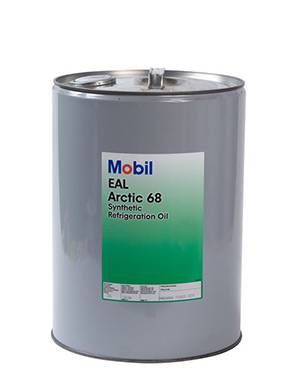Jul . 26, 2024 13:22 Back to list
Essential Guide to Understanding Pipe Fittings Types, Applications, and Installation Techniques for Plumbing Projects
Understanding Pipe Fittings An Essential Component in Plumbing and Construction
Pipe fittings are an integral part of any plumbing or construction project involving the conveyance of fluids or gases. These components help in changing the direction of pipes, connecting different pipe sections, and managing the flow of materials throughout a system. Whether in residential plumbing, industrial applications, or municipal systems, pipe fittings play a crucial role in ensuring safety, efficiency, and functionality.
What Are Pipe Fittings?
Pipe fittings are devices used to connect, terminate, or change the direction of piping in a plumbing system. They come in various shapes and sizes, including elbows, tees, couplings, reducers, and caps, each serving a specific purpose. The materials used for these fittings vary widely, including metals like stainless steel and brass, plastics such as PVC and CPVC, and other composite materials. The choice of material often depends on the application, fluid type, and environmental conditions.
Types of Pipe Fittings
1. Elbows These fittings allow pipes to change direction, typically at angles of 90 or 45 degrees. Elbows are essential in navigating around obstacles or redirecting flow in complex piping systems.
2. Tees A tee fitting provides a branch line from the main pipeline. It typically has one inlet and two outlets, allowing for the continuation of flow in multiple directions.
3. Couplings Couplings connect two pipe ends to each other. They can be either found in a full coupling (which joins two pipes of the same diameter) or a reducing coupling (which connects pipes of different diameters).
4. Reducers Reducers are used to connect pipes of different diameters, effectively reducing the flow size. This is crucial when transitioning from a larger to a smaller pipe.
5. Caps and Plugs Caps seal the end of pipes, while plugs block pipe openings. Both fittings are important for capping off unused connections or terminating a pipeline.
pipe fitting

Applications of Pipe Fittings
Pipe fittings find applications across various fields. In residential plumbing, these fittings are essential for constructing water supply and drainage systems. They enable homeowners to control the flow of water, ensuring efficient and effective plumbing systems.
In industrial environments, pipe fittings are critical for managing the transportation of various substances, including chemicals, gases, and other fluids
. These systems often operate under high pressure and require fittings that can withstand extreme conditions, which is why the selection of the right materials is vital.Municipal systems, such as water supply and waste management, also rely heavily on pipe fittings to ensure the smooth distribution of resources. These fittings help maintain pressure levels, manage flow rates, and ensure the safety of potable water supplies.
Importance of Quality and Standards
Choosing the right pipe fittings is not only about functionality but also about safety and compliance with regulatory standards. High-quality fittings are designed to withstand physical and chemical stresses, reducing the risk of leaks or failures. This is particularly important in situations where hazardous materials are involved.
Furthermore, many regions have specific codes and standards that govern the use of pipe fittings in construction and plumbing. Adhering to these regulations ensures that systems are safe, efficient, and legally compliant.
Conclusion
In summary, pipe fittings are a vital component of any plumbing or fluid conveyance system. They provide the necessary connections and transitions required for efficient operation and flow management. Whether in residential, industrial, or municipal applications, selecting the appropriate fittings is crucial for safety, performance, and longevity of the system. Understanding the different types of fittings and their applications helps professionals and DIY enthusiasts alike make informed decisions, ultimately leading to successful project outcomes.
-
Durable Glossy PVC Rigid Sheet | Premium High-Shine Panels
NewsAug.26,2025
-
Durable PP Rigid Sheet: Lightweight, Chemical Resistant Solutions
NewsAug.21,2025
-
PVC Grey Sheet for Extraction: Chemical Resistant & Durable
NewsAug.19,2025
-
Durable PVC Pipe Fittings for Plumbing & Irrigation Needs
NewsAug.18,2025
-
HDPE Steel Belt Reinforced Spiral Corrugated Pipe | High Strength
NewsAug.17,2025
-
HDPE Pipe Fittings: Durable, Leak-Proof Solutions
NewsAug.16,2025

